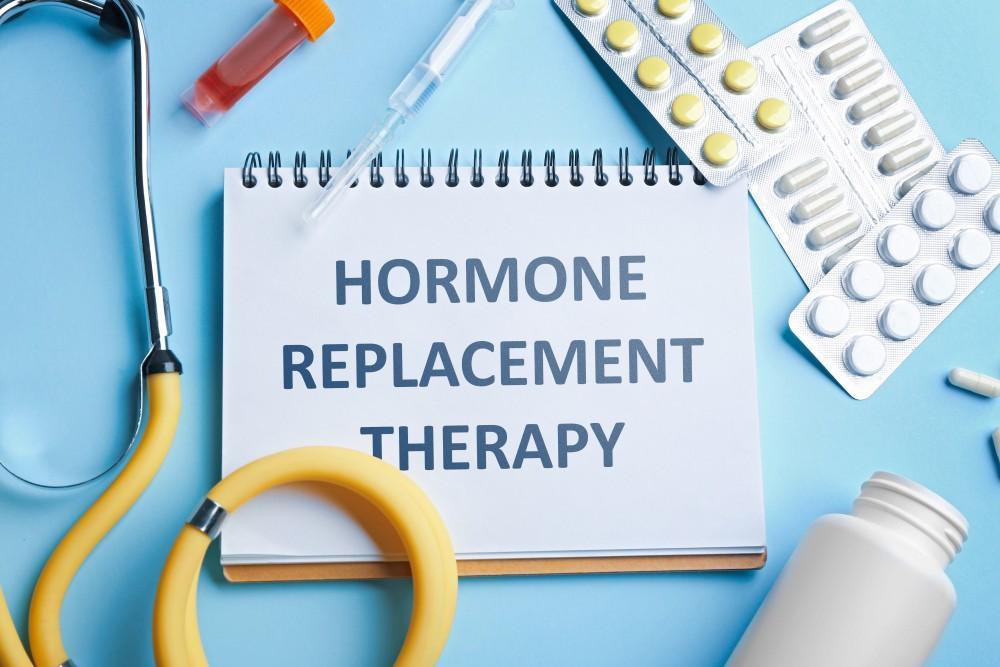New York, April 10 (IANS) Taking hormone therapy (HT) may be safe and promote long-term health in women, especially after 65 years of age, revealed a large study on Wednesday, challenging previous research that linked increased risks for various cancers and heart disease with the therapy.
Hormone therapy is a medication that contains female hormones — oestrogen and progesterone — and is widely used to treat menopausal symptoms like hot flashes and vaginal discomfort. However, previous research showed it to be detrimental to the long-term health of women, prompting fears about its usage.
However, the study, published online today in the journal Menopause, showed that no general rule exists for stopping hormone therapy in a woman based on age alone. The researchers from the Menopause Society noted in the study “that the risks, after age 65, may vary by the type, route, and dose women take”.
“This large observational study of women provides reassurance regarding the safety of longer-term hormone therapy use and even potential benefits, particularly in women using oestrogen alone. It also offers important insights into variations among different hormone therapy doses, routes of administration, and formulations that could facilitate individualisation of treatment,” said Stephanie Faubion, medical director for The Menopause Society.
The researchers followed 10 million elderly women from 2007 to 2020, and found that taking oestrogen alone beyond age 65 years “was associated with significant risk reductions in mortality, breast cancer, lung cancer, colorectal cancer, congestive heart failure, venous thromboembolism, atrial fibrillation, acute myocardial infarction, and dementia”.
On the other hand, a combination of oestrogen and progestogen therapy increased the risk of breast cancer, but it could be “mitigated using low doses of transdermal or vaginal progestin”.
Importantly, the progestin usage “resulted in significant risk reductions in endometrial cancer, ovarian cancer, ischemic heart disease, congestive heart failure, and venous thromboembolism”.


